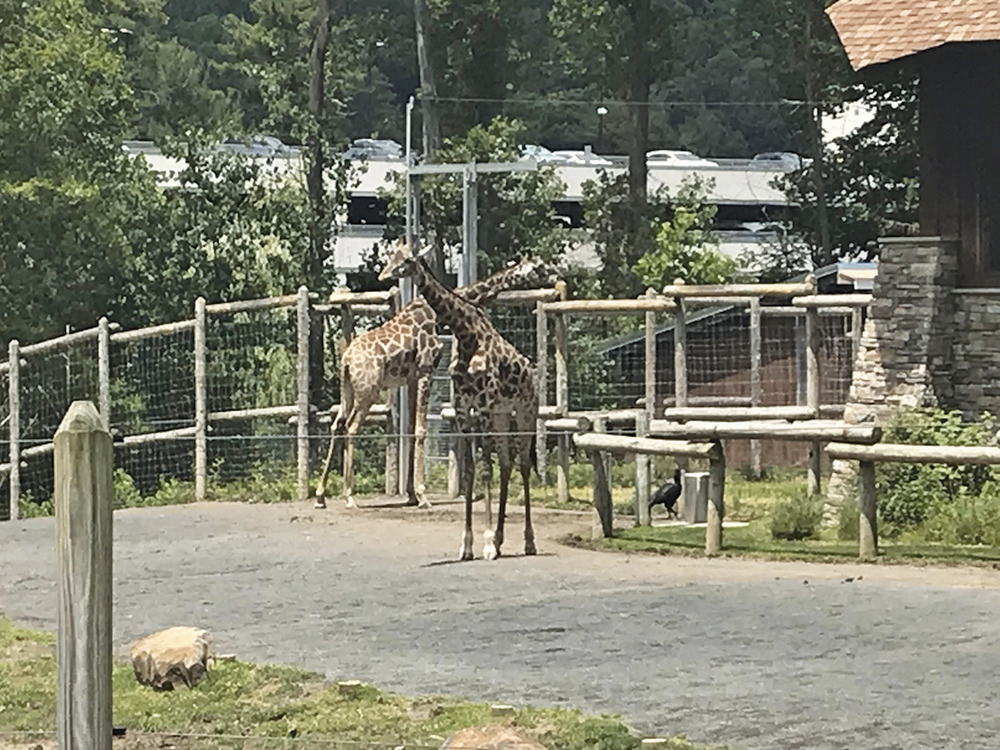 By Noah Motechin
By Noah Motechin
Let’s face it. Most people know what a giraffe is. It is usually the go-to animal when an author writes a children’s book about the alphabet and needs an animal to represent the letter G. This is not without good reason. Its brown splotches, small horns, long neck and legs give it a very distinguished appearance. The fact that it is the tallest animal on land only makes it a harder animal to forget. Despite the fact that they have such a strange appearance, they still move with a surprising amount of grace.
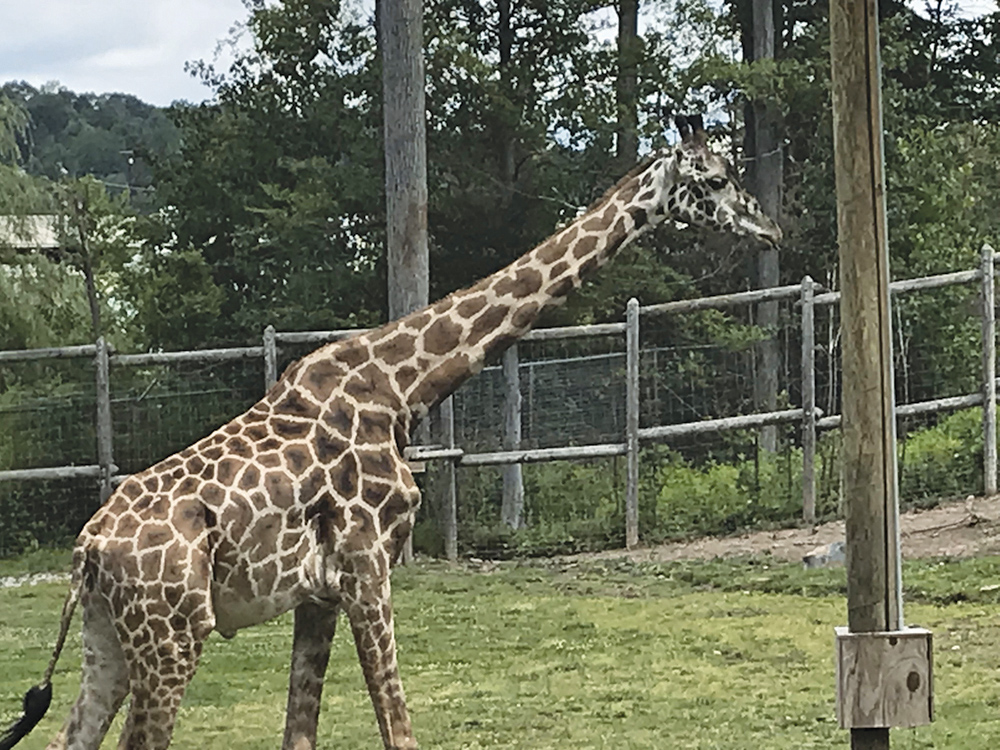
While at the Turtle Back Zoo in West Orange, I happened to have the privilege of visiting an exhibit where one can not only see Masai giraffes (giraffa camelopardus tippelskirchi), but also even feed one, both of which are things which a person would normally have to travel to East Africa to do. While at the zoo, I learned that the giraffes of this subspecies (of which there are nine) grow to be up to 18 feet. They are born, however at a relatively modest six feet. Though this is tall for a human, I find this fact impressive considering the fact that Africa is filled with all sorts of dangerous animals that could probably kill a giraffe before it reaches that height.
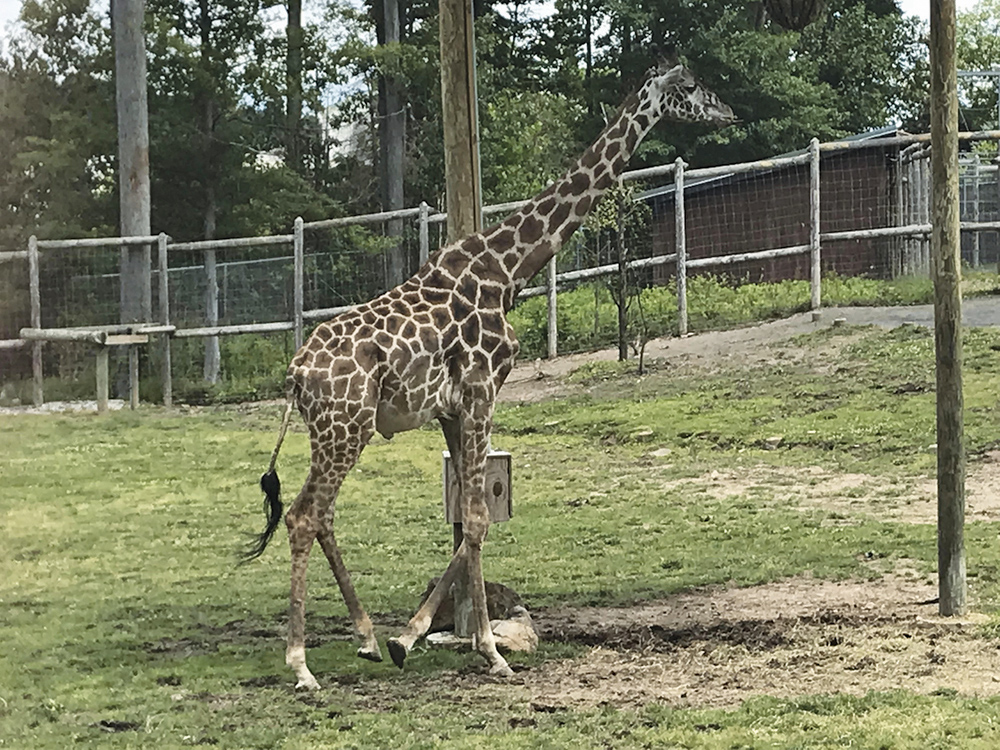
What I found particularly interesting was that according to one of the signs, despite how long a giraffe’s neck is, it is too short to reach the ground, meaning that in order to drink it has to kneel in such a way that its neck becomes easier for predators to reach. In order to compensate for this, one giraffe keeps an eye out for danger while the other drinks.
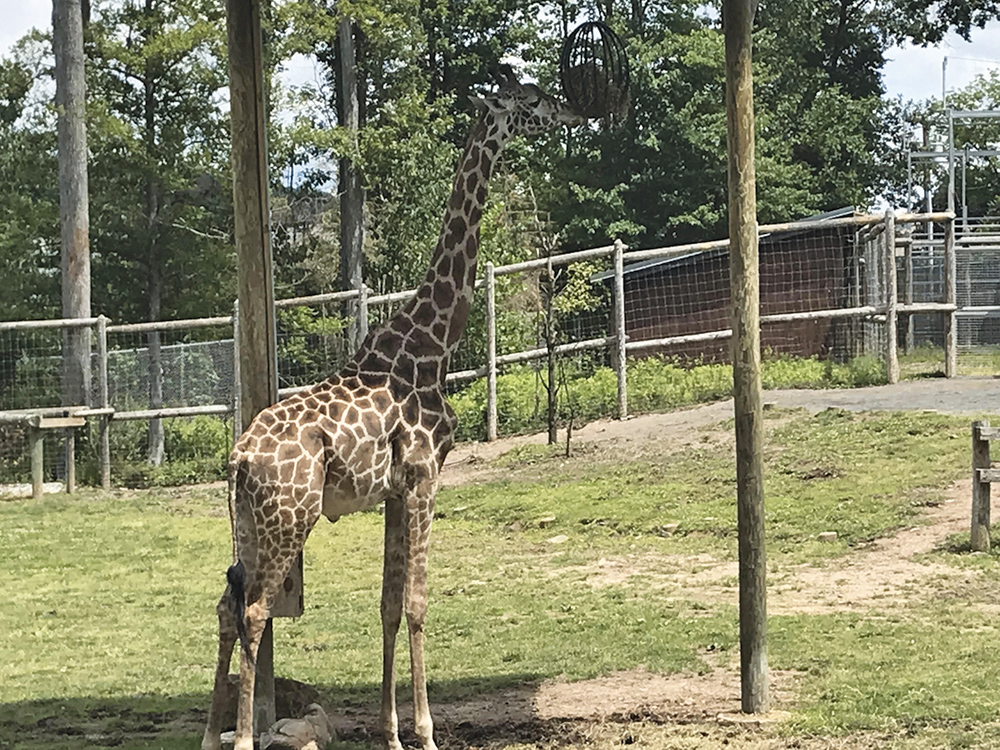
During the rest of my visit, I considered this fact. I thought about why the giraffes would bother with doing such a thing and reached the conclusion that there was something to learn from it. As great as someone might be, it is not something that can be achieved alone. Much like the giraffe, we have someone who stands watch for us, that someone being Hashem. However, the relationship between the two giraffes only works if both of them are willing to keep watch. We too have our own set of commitments that we have to follow. Only if we are observant of Hashem’s mitzvot will he fulfill his end of the bargain, watching over us and helping us reach new heights.
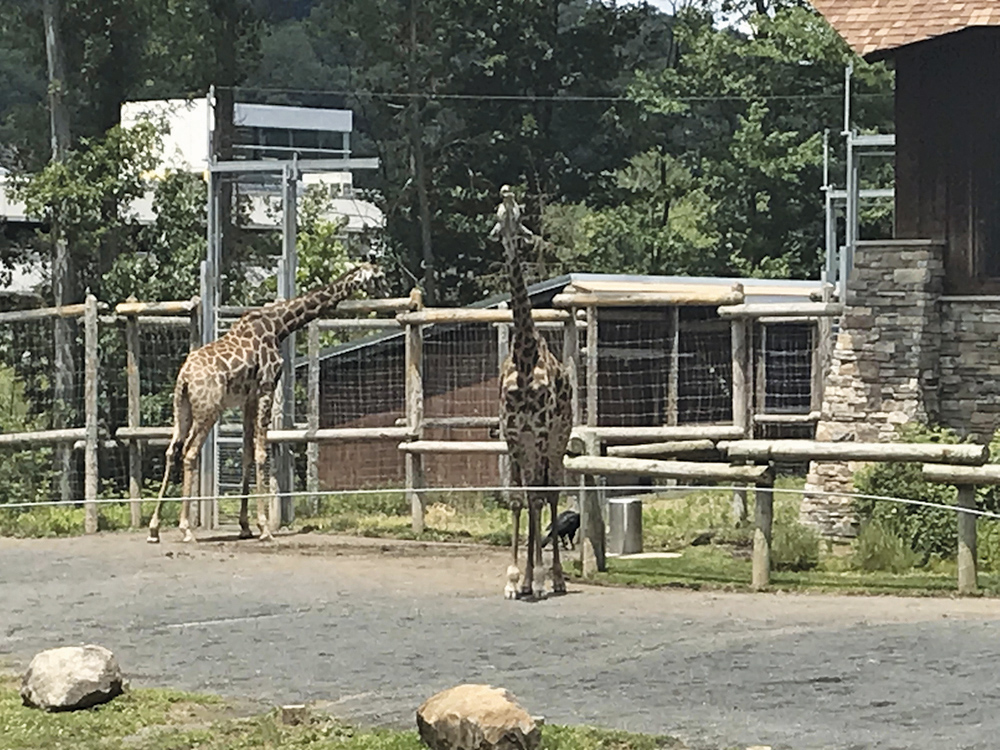
Noah Motechin is a summer intern at the Jewish Link and a rising English major at Rutgers University. He has an affinity for Torah, writing and the natural world.








